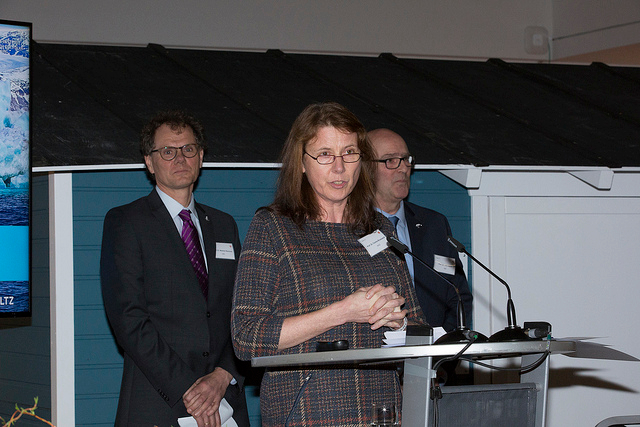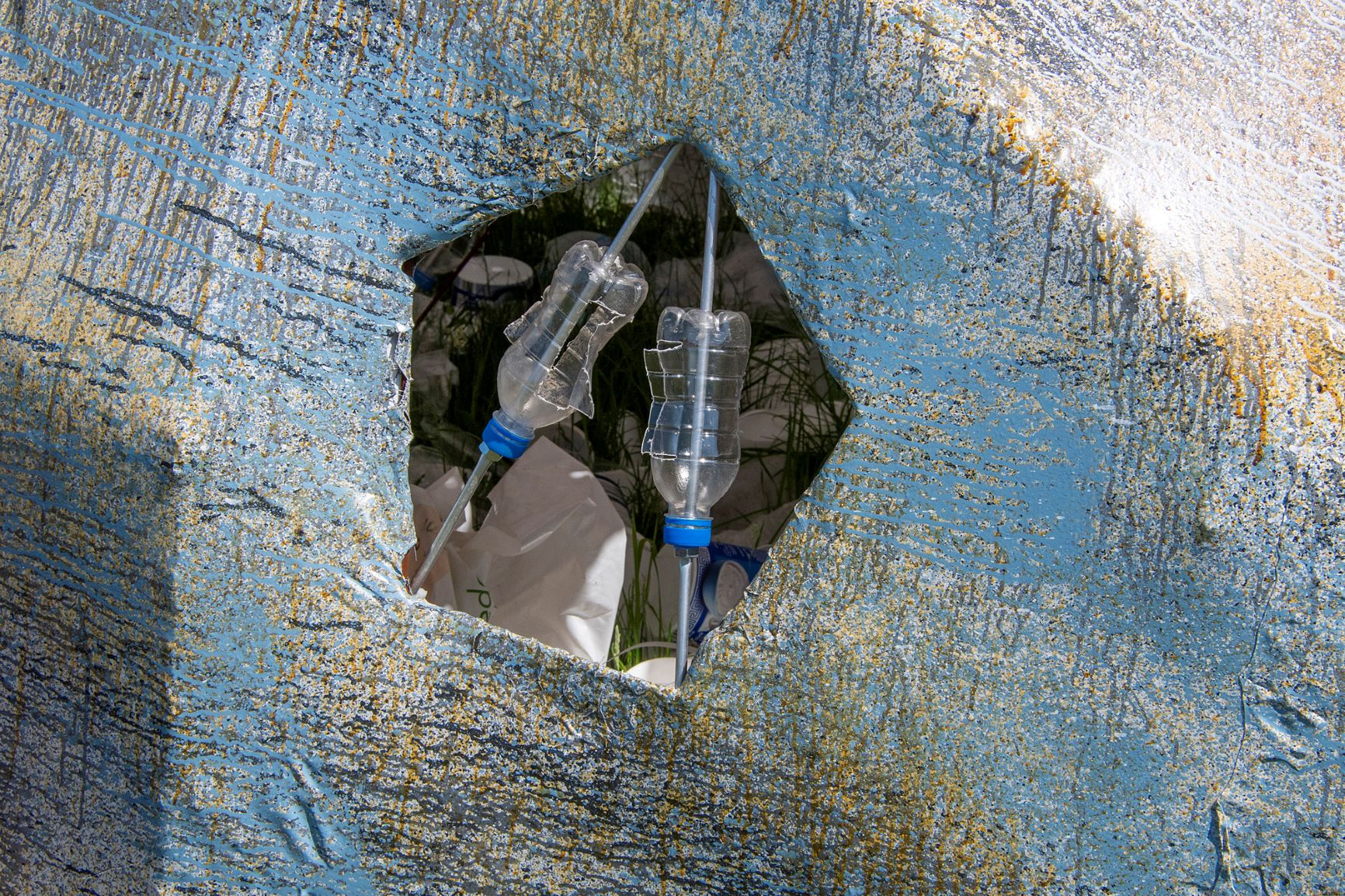Virussen houden het leven in de oceaan op gang
~~~for english scroll down ~~~
Microbioloog professor Corina Brussaard onderzoekt virussen in de zeeën en oceanen. ‘En daar heb je er gelukkig meer dan genoeg van! In één glas zeewater zitten algauw 150 miljoen tot zelfs 3.000 miljoen virusdeeltjes. Alle virusdeeltjes in de oceanen tezamen hebben hetzelfde gewicht als maar liefst 75 miljoen blauwe vinvissen.’
Onbekend terrein
‘Er wordt wel gezegd dat we meer weten over het oppervlak van de maan dan over het leven in de oceaan. Dat zou voor deze mariene virussen wel eens kunnen kloppen. We onderzoeken echt nog maar het topje van de ijsberg. Er zijn al heel veel verschillende virussen gevonden, van minuscule deeltjes, tot virussen van wel één tienduizendste millimeter groot. En ja, dat is voor een virusdeeltje echt reusachtig.’
Lang leve de virussen
‘Virussen hebben een slecht imago; ze maken je per slot van rekening ziek! Maar dat is maar één kant van het verhaal. In zee zorgen virussen er ook voor dat voedingsstoffen, die bijvoorbeeld in eencellige algen zitten opgeslagen, in de kringloop blijven. Al die miljarden en miljarden virusdeeltjes zorgen ervoor dat geïnfecteerde algen openbarsten, en hun celinhoud weer in de voedselkringloop komt. Door hun specifieke voorkeuren, zorgen virussen ook voor een grote biodiversiteit: de een zijn dood is immers de ander zijn kans om te kunnen groeien. Virussen houden dus paradoxaal genoeg juist de cyclus van het leven op gang.’
Kunstenares Maria Koijck benadrukt in haar werk – terecht – dat we voorzichtig moeten omspringen met het leven rond de oceanen. Maar het plastic in haar vogels staat voor mij zeker niet symbool voor virussen. Want zonder virussen in de oceaan ook geen (zee)vogels!’
Meer informatie over het onderzoek van Corina lees je hier.

Viruses keep life in the ocean going
Microbiologist Professor Corina Brussaard studies viruses in the seas and oceans. ‘And luckily there’s no shortage of them! A single glass of seawater can contain as many as 150 million or even 3,000 million virus particles. Put together, all of the virus particles in the oceans would weigh the equivalent of 75 million blue whales.’
Uncharted territory
‘It’s sometimes said that we know more about the surface of the moon than we do about life in the ocean. That might indeed be true for these marine viruses. So far, we’ve really only studied the tip of the iceberg. Vast numbers of different viruses have already been found, ranging from tiny particles to viruses as large as one ten thousandth of a millimetre. And yes, for a virus particle, that’s really gigantic.’
Long live viruses
‘Viruses have a bad image; after all, they make us sick! But that’s only one side of the story. In the sea, viruses also ensure that nutrients, such as those stored in single-celled algae, remain in the cycle. All of those billions and billions of virus particles cause infected algae to burst open, returning their cell contents to the food cycle. Due to their specific preferences, viruses also contribute to biodiversity: after all, the death of one organism is a chance for another to grow. Paradoxically, viruses keep the cycle of life going.’
In her work, artist Maria Koijck stresses – and rightly so – that we need to treat ocean life with care. But for me, the plastic in her birds certainly doesn’t symbolise viruses. Because without viruses in the ocean, there aren’t any birds or sea birds either!’
More information about Corina’s work can be found here.


SEA Art tour FULMAR
By Maria Koijck
Right outside the entrance to Fort de Schans, that for centuries has protected the island of Texel against enemies from the sea. Unfortunately, it has not managed to protect this bird against one of the greatest enemies in modern times: plastic. The plastic virus has assumed the basic shape of the Fort – a pentagon – enabling it to strike with deadly effect. Read more...
